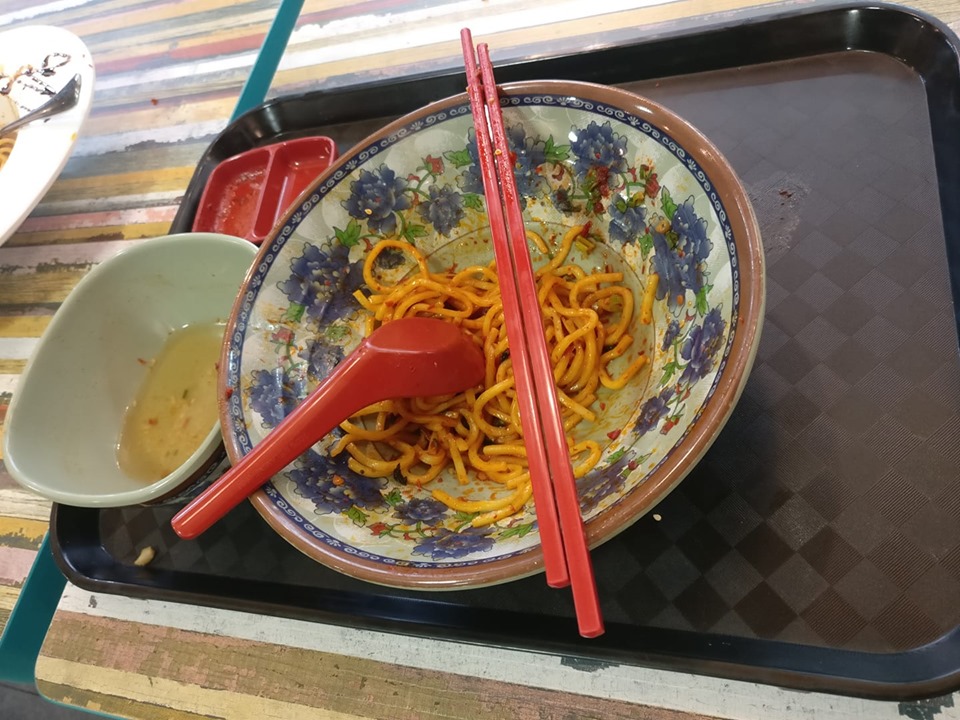We can simply practice to reduce food waste every day. We should avoid buying more food than we need (Kubala, 2017). Ask for less food or unwanted side dishes when eating out (National Environment Agency, 2019). You can take away the leftover and save up for your next meal (Kubala, 2017). This helps to reduce throwing away the excess food. You might save up some money too.
If you cook at home, plan a list of items before purchasing any food ingredients from a market. This helps to reduce impulse buying and reduce food waste (Kubala, 2017). Moreover, learn how to stock your food properly. Food such as potatoes, garlic, and onions should be kept at room temperature. Never put them in refrigerator. Also, you might need to separate the foods that can produce ethylene gas. This gas promotes ripening the foods and could lead to spoilage (Kubala, 2017).

Last but not least, do not keep your leftover in room temperature for more than two hours or sitting at temperatures above 90 F (32 C). Your food may spoil fast or bacteria will grow. To avoid getting a food poisoning, remember that leftover should be kept inside the fridge and eaten up within three to four days (Bruno, 2019; Zeratsky, 2018).
References:
Bruno, A. (2019, July 13). So, How Bad Is It to Eat Week-Old Leftovers? Retrieved from https://www.self.com/story/leftovers-food-safety-tips
Kubala, J. (2017, November 20). 20 Easy Ways to Reduce Your Food Waste. Retrieved from https://www.healthline.com/nutrition/reduce-food-waste#section2
National Environment Agency. (2019, February 16). Everyone Urged To Adopt 3 Easy Habits To Reduce Food Waste. Retrieved from https://www.nea.gov.sg/media/news/news/index/everyone-urged-to-adopt-3-easy-habits-to-reduce-food-waste
Smith, K. (2016, June 23). Chopping Ingredients: HD photo by Katie Smith (@kate5oh3) on Unsplash. Retrieved from https://unsplash.com/photos/uQs1802D0CQ
Zeratsky, K. (2018, July 26). How long can you keep leftovers? Retrieved from https://www.mayoclinic.org/healthy-lifestyle/nutrition-and-healthy-eating/expert-answers/food-safety/faq-20058500





